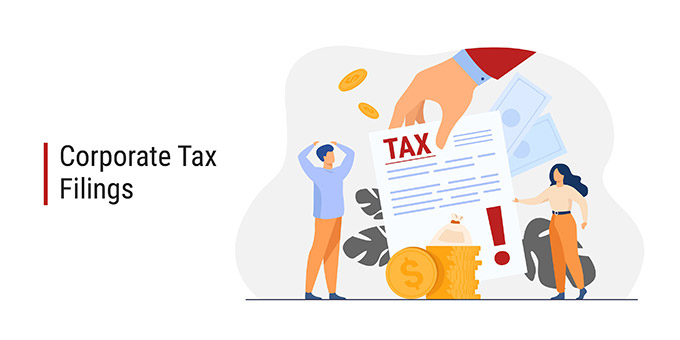Corporate tax filing is a crucial aspect of running a business, yet it often remains a mystery to many entrepreneurs and business owners. While the process may seem daunting, understanding its intricacies is essential for ensuring compliance, minimizing liabilities, and maximizing returns. In this article, we’ll take a behind-the-scenes look at the process of corporate tax filing, shedding light on its various stages and key considerations.
Gathering Financial Documentation
The first step in the corporate tax filing process is gathering all relevant financial documentation. This includes income statements, balance sheets, expense records, and supporting documentation for deductions and credits. These documents provide the necessary information for accurately calculating taxable income and determining the corporation’s tax liability.
Preparing Financial Statements
Once the financial documentation is gathered, the next step is to prepare the corporation’s financial statements. This involves organizing and analyzing the financial data to generate income statements, balance sheets, and cash flow statements. Accurate financial statements are essential for assessing the corporation’s financial health and determining its tax obligations.
Calculating Taxable Income
With financial statements prepared, the corporation must calculate its taxable income. This involves adjusting the financial data to comply with tax regulations, such as applying allowable deductions, exemptions, and credits. The accurate calculation of taxable income is crucial for determining the corporation’s tax liability and ensuring compliance with tax laws.
Completing Tax Forms
Once taxable income is calculated, the corporation must complete the necessary tax forms to report its income and tax liabilities. This typically involves filling out corporate tax return forms, such as Form 1120 in the United States. The completion of tax forms requires attention to detail and accuracy to ensure compliance with tax regulations.
Filing Tax Returns
After completing the tax forms, the corporation must file its tax returns with the relevant tax authorities, such as the Internal Revenue Service (IRS) in the United States. Tax returns must be filed accurately and submitted by the specified deadlines to avoid penalties and interest charges. Electronic filing options may be available for faster and more convenient submission.
Payment of Taxes
Along with filing tax returns, the corporation must also remit payment for any taxes owed to the tax authorities. This includes income taxes, estimated taxes, and any additional taxes or penalties assessed. Timely payment of taxes is essential to avoid interest charges and penalties for late payment.
Recordkeeping and Documentation
Throughout the corporate tax filing process, maintaining accurate records and documentation is essential. This includes retaining financial statements, tax forms, receipts, invoices, and other supporting documentation. Proper recordkeeping ensures compliance with tax laws, facilitates tax audits, and provides a historical record of the corporation’s financial activities.





